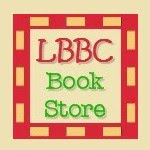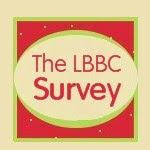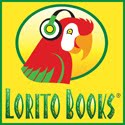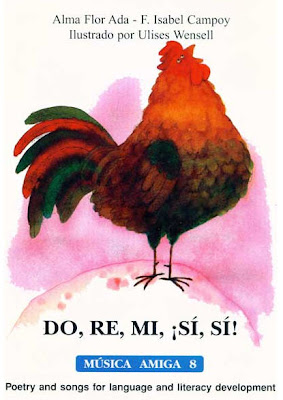This month we have a special treat for you. The estimada Sra. F. Isabel Campoy has graciously written a series of posts describing what she considers their best contribution to Latino children - Música amiga. Written together with Alma Flor Ada, this incredible collection is made even more powerful by their collaboration with the talented Suni Paz, who arranged and sings all of the songs on the CD many of which are her original compositions. In addition, the series contains magnificent color illustrations by Ulises Wensell.
Música amiga uses the power of music and poetry to build literacy. This remarkable series is available as a set or individually. Parents, teachers, librarians, and homeschoolers will find this set to be an extremely valuable tool for developing their children's/students' phonemic awareness and supporting language acquisition, basic foundations for reading success.
We hope you will join the LBBC in expressing our sincerest thanks to Sra. Campoy for sharing Múscia amiga with all of us this month...
~A guest post by F. Isabel Campoy
Música amiga constitutes an anthology of Hispanic folklore, plus our original poems. In its 120 compositions there is the foundation of language for children to learn by singing, and a treasure for mothers, to close the circle of their own childhood. In our 40 plus poems we share our pride to be Latinos, our joy to be part of an extended family, and even an invitation to take care of life!
There are ten books to this series, each with an accompanying CD.
Each book includes 12 carefully selected poems. All 120 poems are presented as songs in the CD collection. Some of the poems are from folklore, a number of them have been originally written by Alma Flor Ada and myself. A few are from other renown poets.
The books have magnificent illustrations from internationally acclaimed illustrator Ulises Wensell.
All of these poems and songs can be enjoyed by children in Pre-K to 6th grade, as they touch upon topics that affect us, inspire, and entertain us all. Parents will find it easy to sing along with their children thanks to Suni Paz’s musical creations, or learn the lyrics for inspiration and pride in their own identity.
The first five volumes are particularly suited for helping develop specific literacy skills and for the reinforcement of specific syllabic combinations as well as overall language development. The last five volumes support sustained language development, a deepened appreciation for literature and an ongoing love for independent reading.
The ten titles are:
* ¡Qué rica la ronda! — Música amiga 1
* Canta la letra — Música amiga 2
* Canción y alegría — Música amiga 3
* Corre al coro — Música amiga 4
* Con ton y son — Música amiga 5
* Caracolí — Música amiga 6
* Sigue la música — Música amiga 7
* Do, re, mi, ¡sí, sí! — Música amiga 8
* El camino de tu risa — Música amiga 9
* El son del sol — Música amiga 10
¡QUE RICA LA RONDA! VOLUME 1
Every one of these volumes can be used with any age children for the appreciation of poetry and music, and the development of concepts and values. This volume contains a number of selections from the folklore, particularly suited for vocabulary enrichment.
Los elefantes and
Sapitos will reinforce numbers in a joyful way.
Uno de enero facilitates the practice of the months of the year. Some of the songs will be excellent for movement coordination like
La bella hortelana.
La cigarra guitarrista is a different approach to the old fable of the ant and the grasshopper. In this version Alma Flor has wanted to invite children to look at things from a different perspective, to recognize the role of artists and musicians in society, and to see the value of solidarity and collaboration.
Isabel Campoy likes to challenge the imagination of children through her poems.
El beso is an excellent introduction to the idea of metaphor.
Mi historia and
Aquí vivimos celebrate our cultural identity.
Suni Paz’s musical creations introduce children to the variety of rhythms from our Hispanic heritage, and in her voice, children will find the echo of their mother’s voice.
The twelve poems contained in the book and the twelve songs contained in the CD are:
*
Los elefantes — Folklore
*
Sapitos – Alma Flor Ada
*
El barco chiquitito – Folklore
*
En el puente de San Juan – Folkore
*
Uno de enero – Folklore
*
La cigarra guitarrista – Alma Flor Ada
*
La bella hortelana – Folklore
*
En alta mar – Folklore
*
El beso – F Isabel Campoy
*
Lluvia – F Isabel Campoy
*
Mi historia – F Isabel Campoy
*
Aquí vivimos — F Isabel Campoy






































